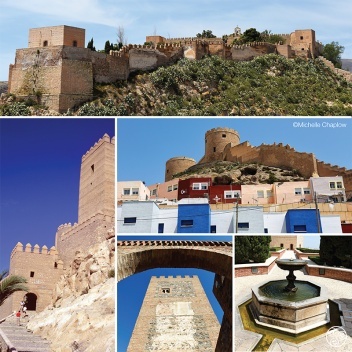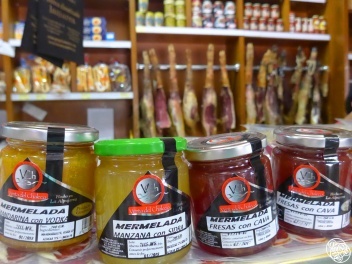Driving Route along Cabo de Gato coastroad
Set off on a journey through one of Spain’s most unspoiled and captivating coastal landscapes—the Cabo de Gata-Níjar Natural Park in Almería. This rugged stretch of southeastern coastline is a rare gem, where volcanic cliffs, hidden coves, and shimmering turquoise waters meet desert-like plains and sleepy whitewashed village.




